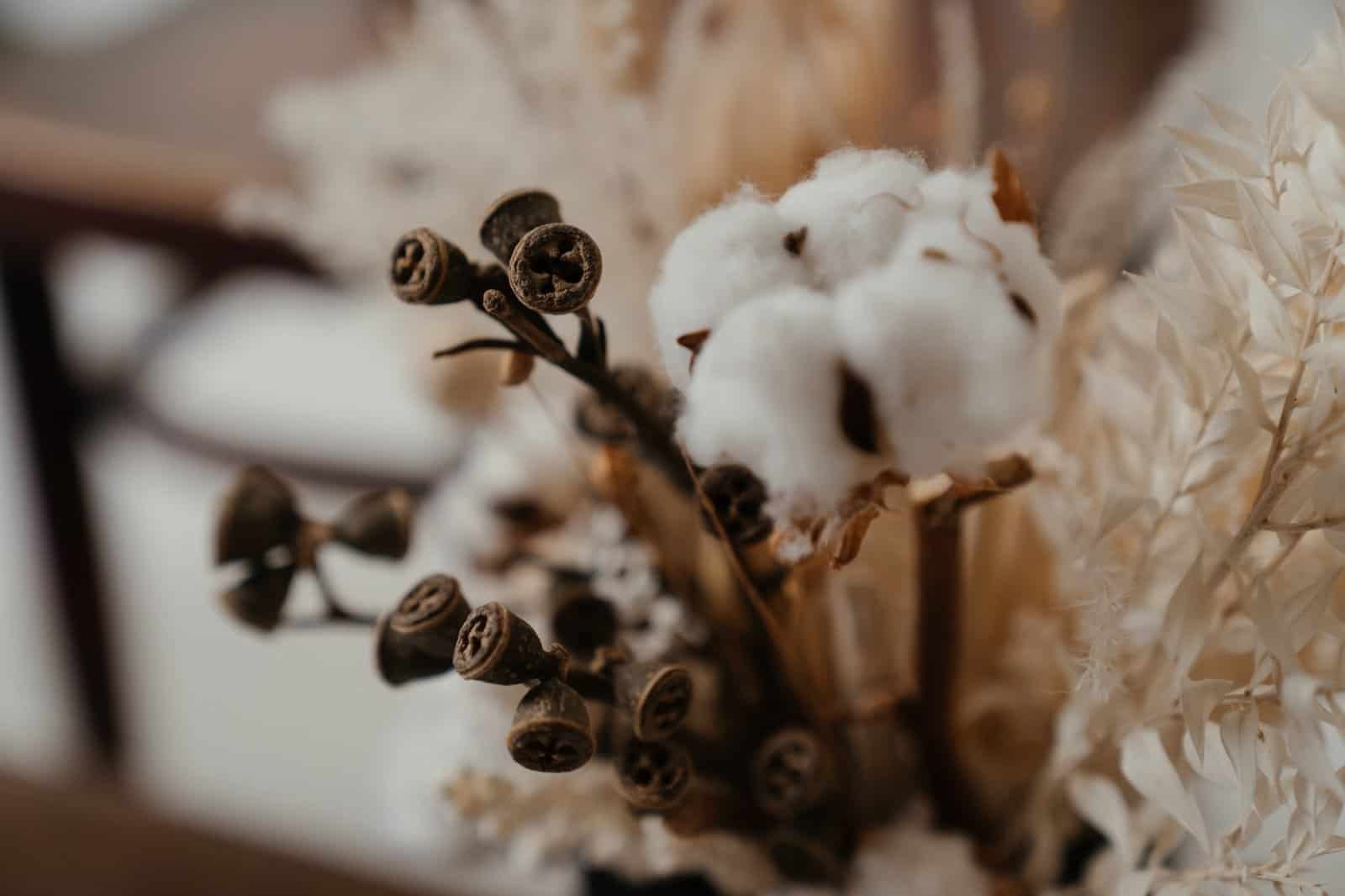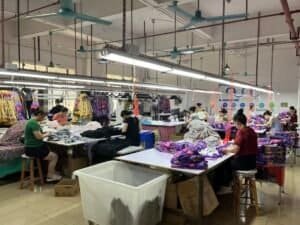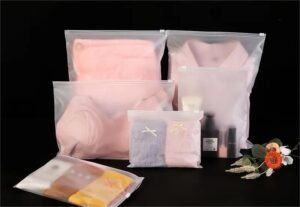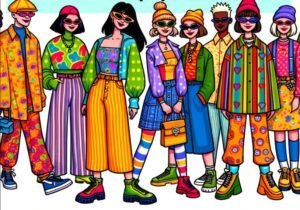Cotton, a natural fiber harvested from the cotton plant, has been a staple in textile production for centuries. It’s soft, breathable, and versatile, making it a favorite for clothing, home decor, and more. This comprehensive guide dives deep into cotton fabrics, highlighting their unique features, types, benefits, and care instructions.
A Brief Overview of Cotton
Cotton is one of the world’s leading crops. Due to its large yields and low production costs, cotton products are relatively inexpensive. Cotton can be made into a variety of different fabrics, and is suitable for the production of various types of clothing, furniture cloth and industrial cloth. Cotton fabrics are firm and wear-resistant, and can be washed and ironed at high temperatures. Cotton fabrics are comfortable to wear because they absorb and remove moisture quickly. Cotton products have high utilization value. As the saying goes, “cotton is a treasure”. Cotton is not only the most important fiber crop, but also an important oil crop.
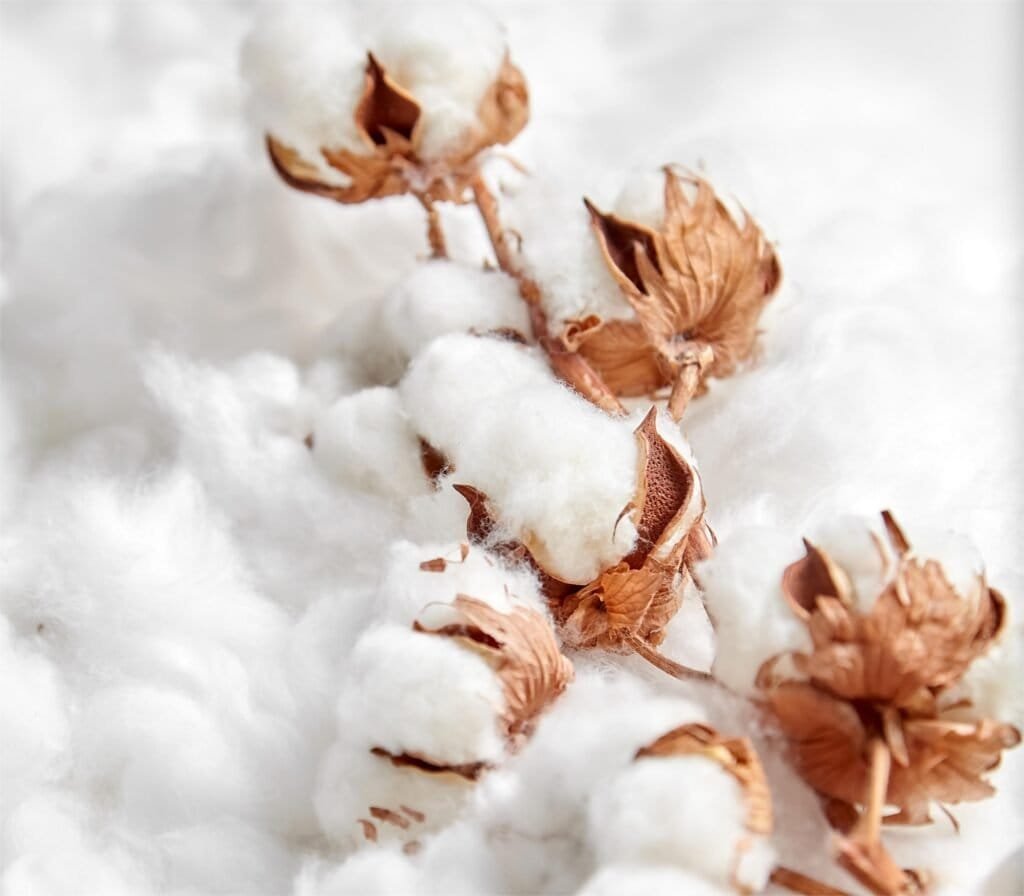
Types of Cotton Fabrics
As we all know, there are many different kinds of cotton. Fabrics made from different cotton has different characteristics. Below are the introductions of four different types of cotton fabrics.
1. Pima cotton
Pima cotton is the collective name of the best long-staple cotton in the world. It is grown in the western and south-western areas of the United States of America, Peru, Egypt, Israel, Australia and other regions. It has a low production rate, only about 3% of the global cotton production. Pima cotton is named mainly based on the tradition of planting and hand-picking cotton of Pima Indian in the south-western areas of the United States. The history of Pima cotton can be traced back to the 1700s. People in the south-western areas of the United States of America plant Pima cotton. In order to produce a kind of cotton with superior quality, Pima cotton growers improve every step of the cotton planting. From the twentieth century, these extra-long fibers of cotton became available.
2. Combed cotton
Combed cotton first originated in the United Kingdom and is also known as Oxford fabrics. It is a traditional combed cotton fabric named after the University of Oxford. In about 1900, people at that time used the kind of high-count worsted cashmere yarn in the production of clothing. The products made from such materials, compared to those made from the thicker yarn cotton, appear softer and denser. Most importantly, the quality is much better.
3. Egyptian cotton
Egyptian cotton refers to the cotton grown in Egypt, which is known for its excellent quality. There are three main varieties of Egyptian cotton: Giza 45, Giza 86 and Giza 88. Giza 45 is considered to be the representative among them and is one of the best in the world. Egyptian cotton is sought after by people all over the world for its excellent quality. The cotton is used for high-end textiles such as high-quality bedding, sportswear and jeans. The fibers of Egyptian cotton are longer, finer and smoother than most other cotton, and have better moisture absorption ability. In addition, Egyptian cotton is well-known for its softness and colorfulness, and is one of the most valuable and rare varieties of cotton in the textile industry.
4. Xinjiang cotton
Xinjiang cotton is famous for its long staple, good quality and high yield. Xinjiang is blessed with natural conditions. It has alkaline soil and large temperature differences in summer. The cotton there has long growth time. So, the quality of cotton grown in Xinjiang is higher. In addition, Xinjiang cotton does not have fat cotton flaps, but has more cotton seeds than other cotton. If you look at it from a long distance, it looks whiter and brighter. Xinjiang cotton fiber’s cross-section is close to round, so its reflectivity is relatively strong. Clothes made of Xinjiang cotton fabric looks gorgeous under the sun.
Benefits of Cotton Fabric
People know that cotton is the most widely used raw material in clothing industry, but they rarely know the benefits of cotton. In this section, we will introduce the benefits of cotton from five aspects.
1. Breathability
Generally speaking, natural fibers are more breathable than chemical fibers. Cotton is a natural fabric, which has thicker fibers and is more breathable. Cotton garments contain at least 75% cotton, so they are breathable and comfortable to wear.
2. Moisture Control
Cotton is very good at moisture control. Cotton fiber has a good moisture absorption. Cotton fiber can absorb water from surrounding atmosphere. Its water content is 8-10%, so when it touches the human skin, people feel comfortable. If the cotton fabric humidity increases and the surrounding temperature is high, the amount of water contained in the fibers will all evaporate and dissipate, so that the fabric will maintain a state of water balance.
3. Hypoallergenic
Cotton fiber is a natural fiber, its main component is cellulose, and a small number of wax-like substances, nitrogen-containing substances and gliadin. Cotton fabrics has been through a variety of tests and practice. Cotton has no negative effects to your skin. You won’t be allergic when wearing cotton clothes for a long time.
4. Durability
Cotton garments are very durable. On one hand, the heat resistance of cotton is good. High temperature will only cause evaporation of water on the garment, but will not damage the cotton fiber. On the other hand, cotton resistance to alkali is good. If you soak cotton in alkali solution, its fibers will not be destroyed. Therefore, cotton clothing has good durability.
5. Biodegradability
Textiles made of cotton will be gradually decomposed by microorganisms in the natural environment, thus realizing degradation. Compared with chemical fibers, cotton has better degradation performance, which can effectively reduce environmental pollution and meet the requirements of environmental protection.
Disadvantages of cotton fabrics
Although cotton fabrics has many benefits, it also has its own disadvantages. Below are the four main disadvantages of cotton fabrics.
1. Easy to wrinkle.
Cotton clothes are always easy to wrinkle is due to the poor elasticity of cotton fibers. Cotton clothes will produce obvious wrinkles when loosened after grasping by hand, and it is not easy to recover. The wrinkles of cotton fabrics are more difficult to smooth out compared to other fabrics.
2. Easy to shrink.
The shrinkage rate of cotton clothing is 2% to 5%. Cotton fabrics absorb water when they encounter moisture, causing lateral expansion of fibers and yarns, resulting in shorter fabric length and thicker fabrics.
3. Easy to get out of shape.
Cotton fabrics lack elasticity, especially summer clothing, because the fabric is thin. In addition, cotton fibers are hygroscopic. After absorbing water, the fibers expand or curl, resulting in dissolution and contraction of the yarn and fabric.
4. Easy to stick hair.
Clothes stick hair mainly because of the fabric. Cotton fabric is easy to produce static electricity, creating adsorption, thus it is easy to stick hair. Therefore, cotton clothes will inevitably stick hair. And dark cotton clothes are more likely to stick hair.
Care instructions of cotton fabric products

Excellent cotton fabric products require good care. You must now be wondering how to care for cotton fabric products. The seven tips below will let you understand how to take good care of your cotton fabric products.
- Cotton clothes can be machine washed or hand washed, but cotton clothing is less elastic, so try to be gentle when washing cotton clothes to avoid deformation of clothing. Do not rub vigorously when washing the clothes by hand. If you choose machine washing, please select rinsing or gentle mode. Besides, dehydration time should not be too long.
- In order to maintain the original color, cotton garments are better washed in cold water. We should not to use bleaching powder when washing cotton clothes. We cannot pour laundry detergent directly on the cotton fabrics too, otherwise the color of the clothes will fade.
- Light-colored or white cotton clothes should be soaked in the water for one to two hours before washing to remove the dirt easier. Dark-colored clothes should not be soaked for too long. They should be washed in time to avoid color fading. You can add a spoon of salt in the water so that the colors on the clothes are not easy to fade.
- It is recommended to use acidic detergents (e.g. soap) to neutralize when washing cotton clothes. It is better to use special detergents for cotton. What’s more, cotton clothes must be washed and changed regularly so that sweat does not remain on the cotton clothes for too long.
- When drying the clothes after washing, you should roll up the clothes in a big towel and squeeze the water out. Cotton clothes cannot be twisted or the clothes will get out of shape. Besides, do not let the water in the clothes drip, otherwise the clothes will be out of shape after drying.
- Do not expose cotton clothes in the sun. Exposure will make the cotton accelerate oxidation, thus reducing the life of the clothing and cause yellowing and fading. If you want to dry cotton clothes in the sun, it is recommended to dry the clothes inside out.
- You should fold cotton garments and store in a dry wooden closet after washing. You can put some mothballs or dehumidifying bags to keep them dry.
In conclusion, as one of the most commonly seen fabrics in clothing industry, cotton has its own advantages. Different types of cotton have different characteristics. Customers need to be aware of the benefits and disadvantages and choose the most suitable cotton fabric. If you have any further inquiries about cotton fabrics or how to care for cotton fabric products, do not hesitate to contact us.

